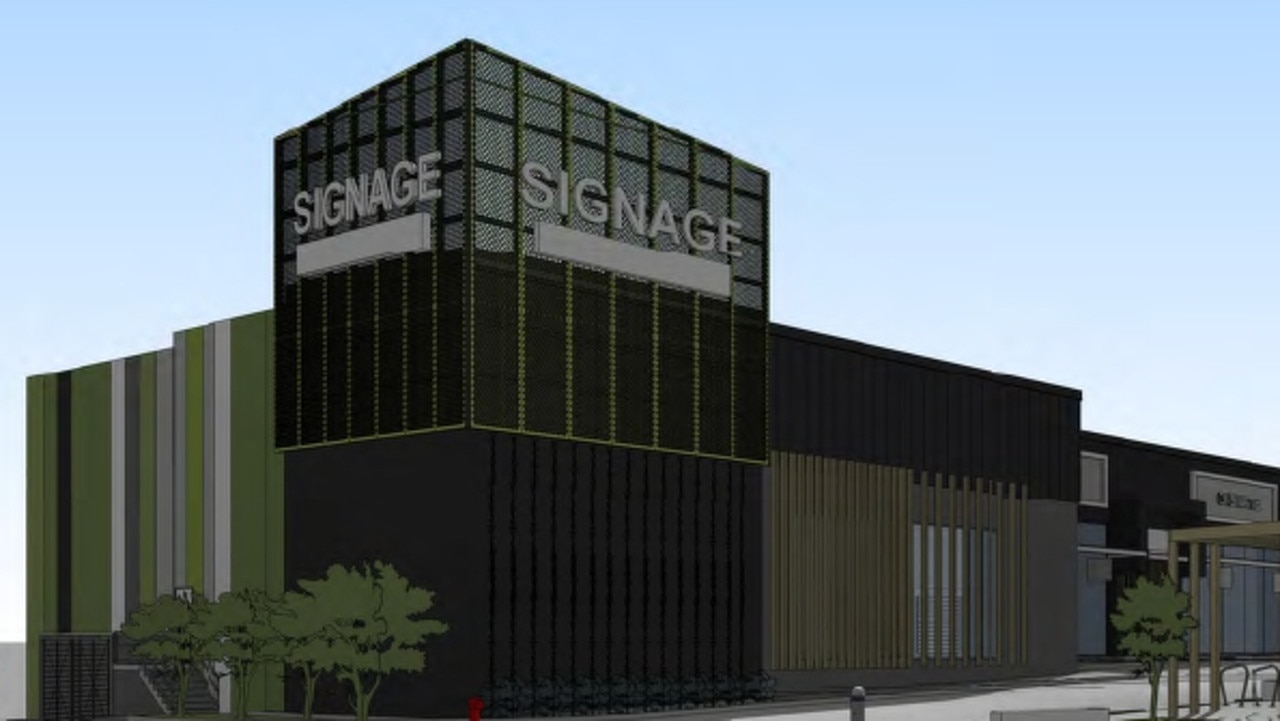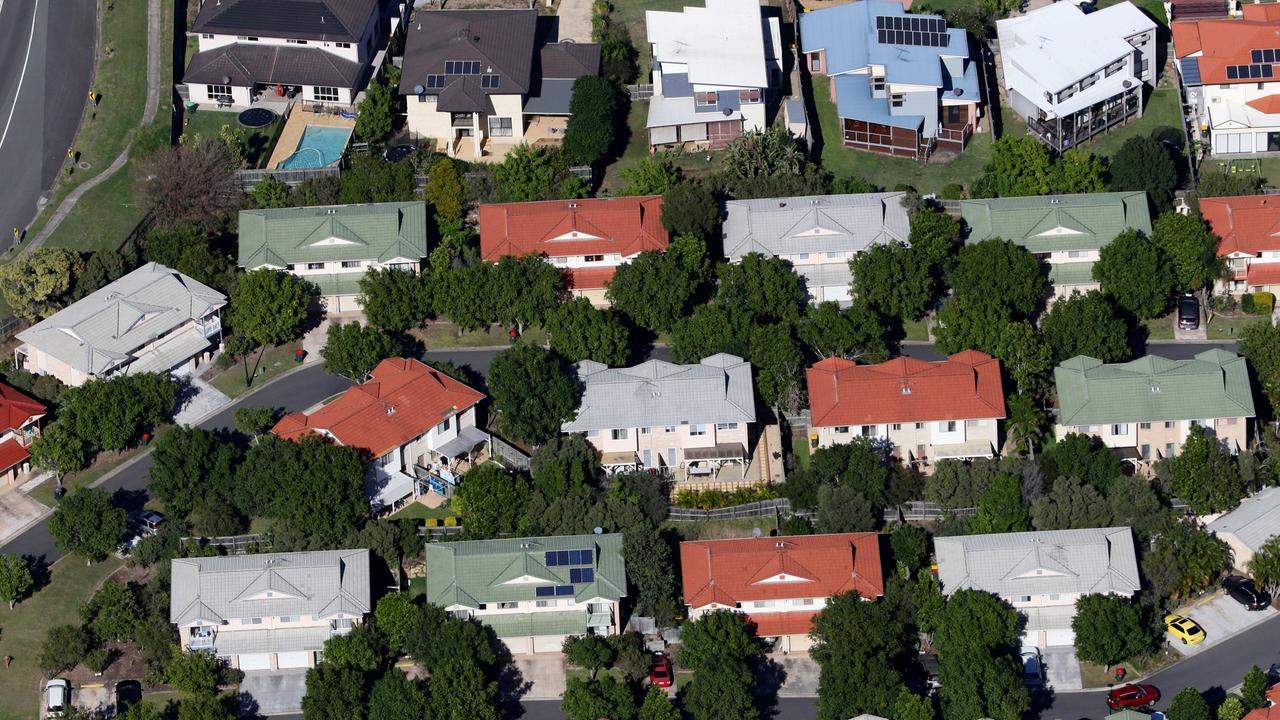Sydney’s worst NIMBY suburbs: where least new housing is being approved
The tightly-held suburbs feeding Sydney’s lack of housing supply and soaring rents and prices have been revealed. Search your suburb
Property
Don't miss out on the headlines from Property. Followed categories will be added to My News.
Sydney is on the brink of a housing “catastrophe” unless more properties are built to accommodate record migration into the city, real estate industry pundits have warned.
It comes as alarming new figures showed some of Sydney’s most popular areas saw less than 50 new dwellings approved – and even fewer completed – over the last five years.
The lacklustre approval rate meant new homes were not getting built fast enough to match population growth, leading to rampant competition for property and increasingly unaffordable prices.
Locations with the lowest dwelling approvals included inner city areas such as Pyrmont, Ultimo, Chippendale, Darlinghurst and Surry Hills, according to analysis of ABS figures by research group Suburb Trends.
Affluent Harbour suburbs such as Mosman, Haberfield, North Sydney, Balmain and Cremorne were among the other SA2 regions with the lowest approvals.
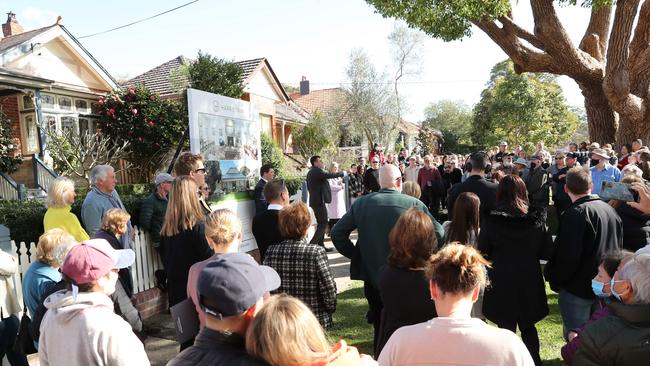
Suburb Trends director Kent Lardner said the reasons for low dwelling approval numbers varied across areas, noting geographic constraints, zoning and land supply issues were common factors.
But Mr Lardner also noted that a culture of NIMBYism was entrenched in many areas, making it much harder for local councils to green light new projects.
This NIMBY – Not In My Back Yard – attitude was apparent when comparing Sydney and Melbourne, he said.
“Melbourne has been far more effective at infill development and they are reaping the rewards from that. Properties are much more affordable,” Mr Lardner said.
“The reality for Sydney is that if we don’t build more, people will be forced to pay a lot more than they need to for housing and young people will have no choice but to leave and the Sydney economy will suffer.”
Mr Lardner added that Sydney’s higher home prices relative to the rest of the country may have encouraged a greater NIMBY culture than other cities.
“You see this with boarding houses especially, which would help solve the housing crisis in some areas,” he said. “They are almost always blocked.
“When residents have had to spend so much more of their income on housing in an area they will have a more protective reaction to development in their area.”
MORE: Nicole Kidman jumps queue to buy into exclusive Sydney block
Real Estate Institute of NSW CEO Tim McKibbin said the disparity between demand and supply is set to get considerably worse, putting unprecedented pressure on a housing market already “unable to cope”.
A government inquiry into the inhibitors of housing supply is needed “yesterday” to avoid a “catastrophe”, he said.
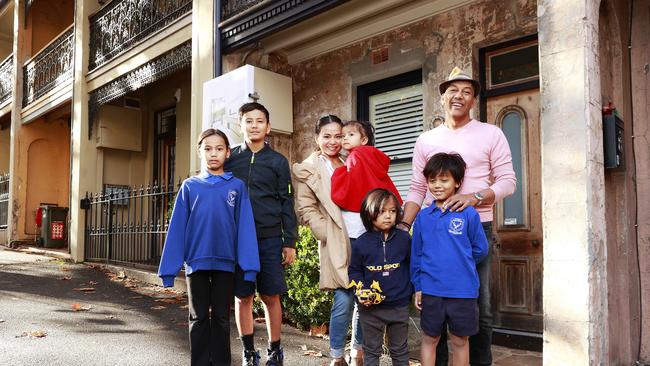
“The community is sick of all the talk on this issue. It’s time for action and this means Government and industry working together now.”
The anticipated arrival of about 700,000 people from overseas over the next two years elevated the urgency of a major, fast-tracked supply action plan, Mr McKibbin said.
“Every aspiring first homeowner and everyone who arrives on our shores needs and deserves a home, but these homes simply aren’t available.
“Higher house prices and rents are an unavoidable market consequence of a housing shortfall, and without more social and affordable housing, increased homelessness is a catastrophic social consequence.”
Housing Industry Association chief economist Tim Reardon said new home construction was actually slowing as migration was rising.
“There has been a rapid slowdown in the volume of new building projects entering the pipeline, especially new apartments, over the past year,” he said.
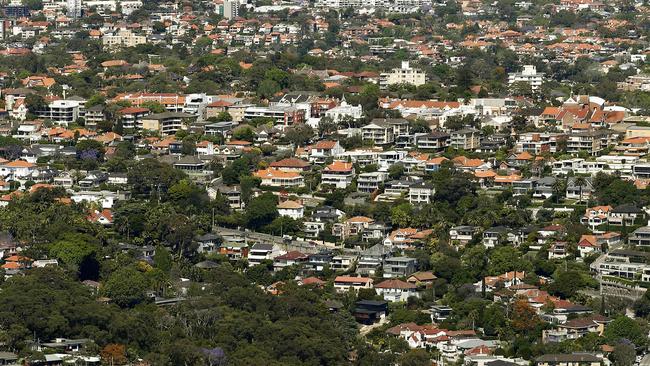
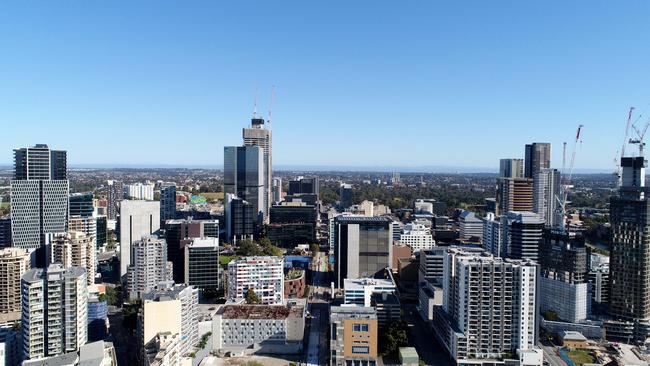
“The sharp increase in the cash rate has compounded the barriers created by extraordinary restrictions on lending and investing, increased construction costs and regulatory costs.”
The full impact of these constraints would not be apparent until late 2024, Mr Reardon said.
Housing available for sale is already critically low in many of the areas where building activity has been constrained, local agents reported.
McGrath-Millers Point agent Andrew Stewart said demand in Pyrmont – where no new dwellings were approved in five years – has been ramping up.
“With the Metro opening soon a lot of professionals are keen to settle in … it’s a tightly held area.”
Manuel Ramnac is among the few Pyrmont residents selling a house in the suburb and said he wasn’t surprised the demand was much higher than supply.
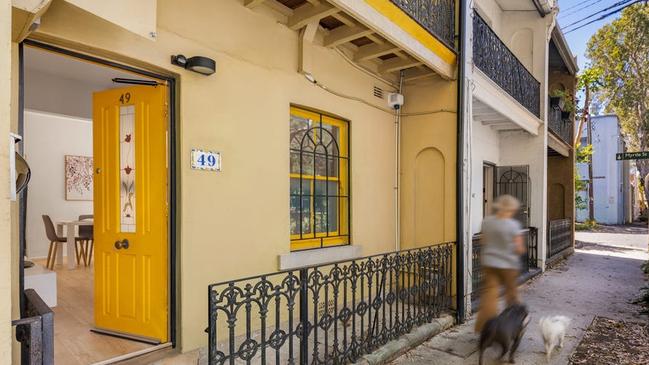
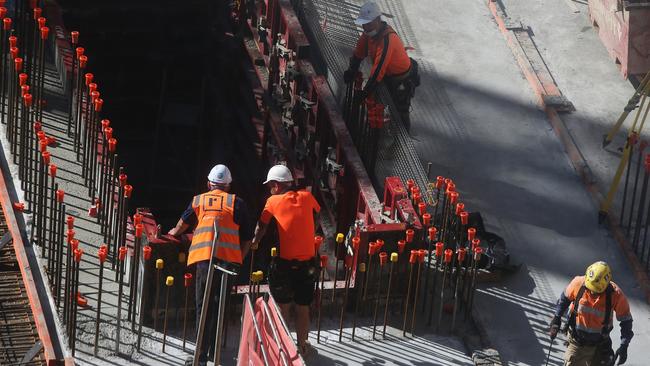
“It’s so central to everything,” he said. “We’ve seen a lot of change in the area with the new Metro line and other families moving into Pyrmont.”
PropTrack economist Paul Ryan said most of Sydney’s new higher density development was concentrated in only a few areas, including Parramatta, Blacktown and the southwest.
“A small portion of Sydney is responsible for about a third of all high-rise apartment approvals,” he said. “We are not building broadly enough across the city.”
MORE: Kyly Clarke’s rental woes revealed
MORE: Northern Beaches home cops $20m price discount
A City of Sydney spokesperson said the council had long advocated for more housing supply but there were “only occasional locations for new builds because the homes have already been built, some since the 1850s”.
The council noted that 76 percent of its housing target is planned to be achieved through urban renewal precincts in Green Square, CBD South, Redfern-Waterloo and Erskineville.
More Coverage
Originally published as Sydney’s worst NIMBY suburbs: where least new housing is being approved



